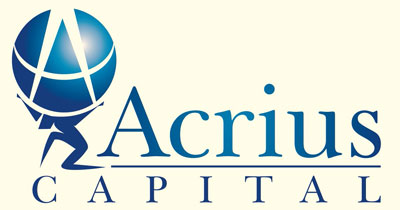Final excerpts from interviewing Reno Fernandez, a bankruptcy attorney from Macdonald & Associates, in San Francisco, CA.
What is the ‘breaking point’ for a company that files bankruptcy? Is there a ‘last straw’ that convinces them to file?
An early warning sign is when cash flow is insufficient to pay invoices on a current basis and you have to start “slow paying” trade creditors. Next, trade creditors will frequently refuse to provide goods or services except on a cash on delivery or ‘COD’ basis. A more serious red flag is when a crucial line of credit is frozen, which can effectively force a bankruptcy if the company has immediate cash needs. Much more serious is the commencement of foreclosure proceedings or the recordation of a notice of default – it is important to pay attention to the timeline following the notice of default and be prepared to file a case before the sale date. In the real estate context, the appointment of a rents and profits receiver is a common move by creditors. A Chapter 11 case should be filed quickly to regain control of the property, and an emergency cash collateral motion should be filed to obtain authority to use the rents. Managers and owners should pay close attention to their financial statements during the prevailing economic crisis and seek advice before any of these events occur, if possible. The earlier problems are identified, the more options there are, including workouts, pre-negotiated plans, assignments for the benefit of creditors (“ABC’s”) and others. As time goes by, these options begin to disappear.
What advice do you have for a business owner contemplating bankruptcy?
The best advice is to be proactive in selecting attorneys and advisors. Your attorney should be familiar with the business world and have experience taking a variety of businesses through successful Chapter 11’s, such as restaurants, developers, lenders, retailers and manufacturers. At a minimum, your attorney should be a bankruptcy expert, and you should politely avoid letting your family attorney or corporate counsel dabble in bankruptcy and “experiment” on your business – a common observation by outsiders is that “the laws of gravity are suspended in bankruptcy,” and you need someone who is comfortable operating in that environment. Most attorneys will, or should, talk with you for free, and a call can be instrumental in educating yourself about your options and formulating a strategy.
Readers, I recommend that you call Reno if you or someone you know is contemplating bankruptcy:
Reno Fernandez
Macdonald & Associates
221 Sansome Street, Third Floor
San Francisco, CA 94104
Tel: (415) 362-0449 Ext. 204
Tel: (415) 362-0449 Ext. 204
